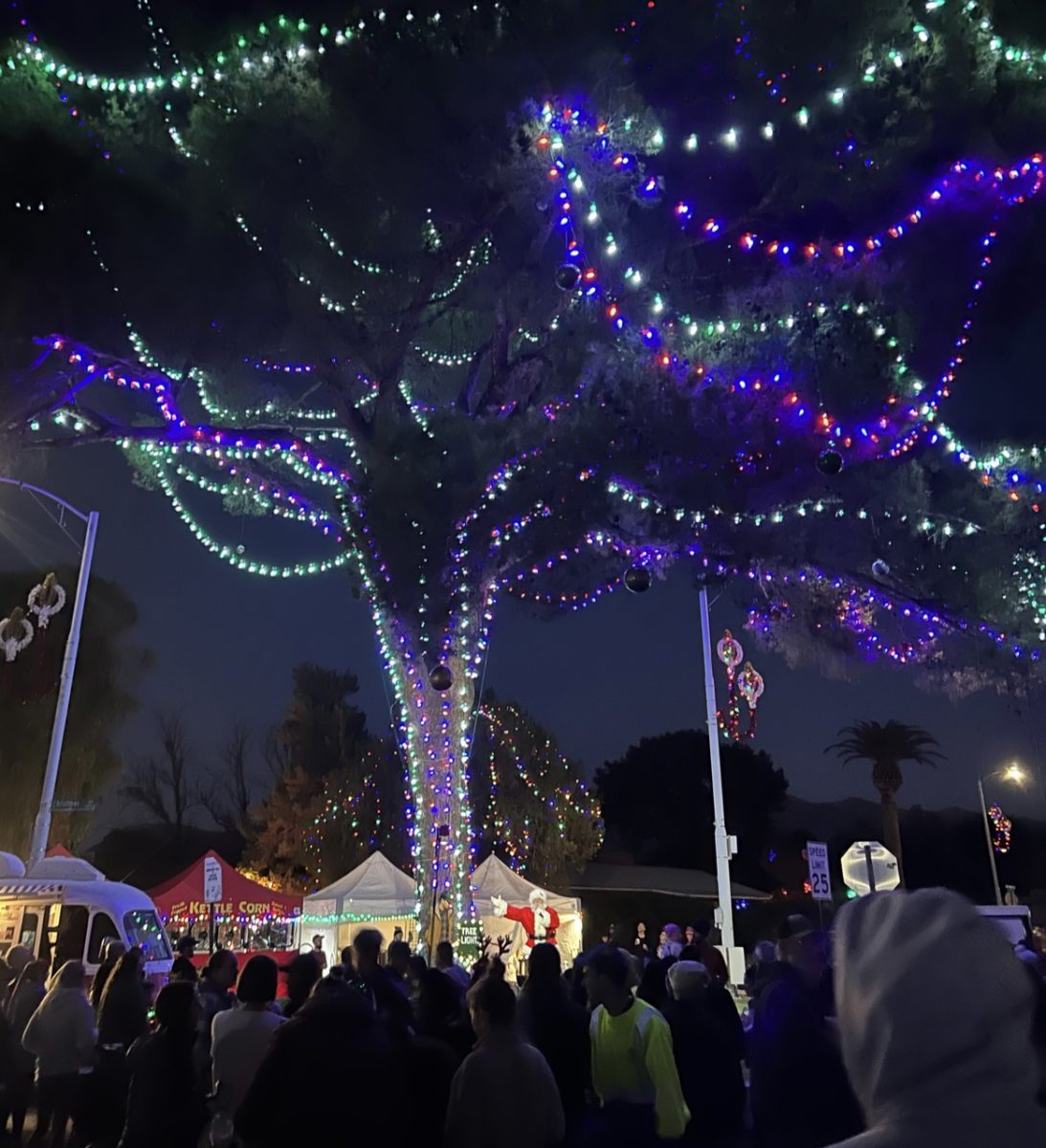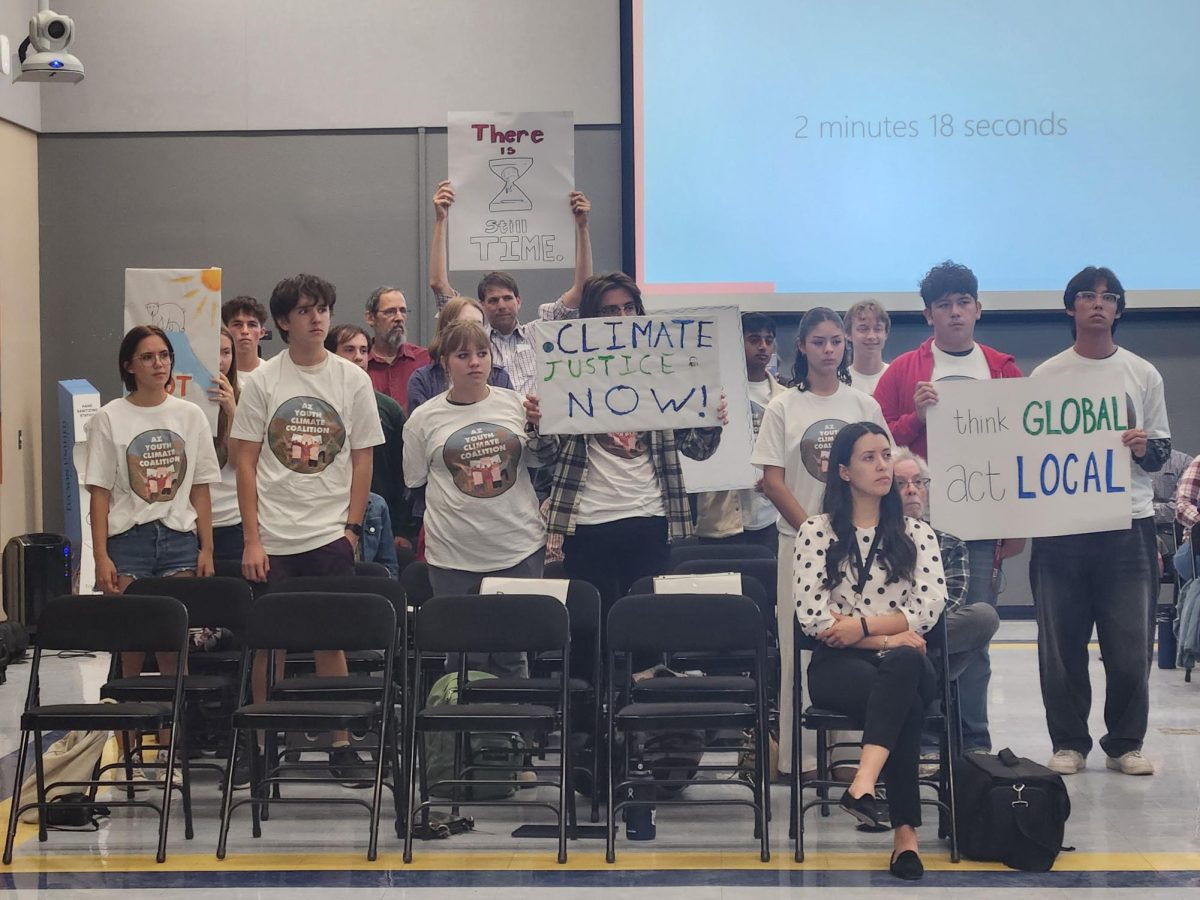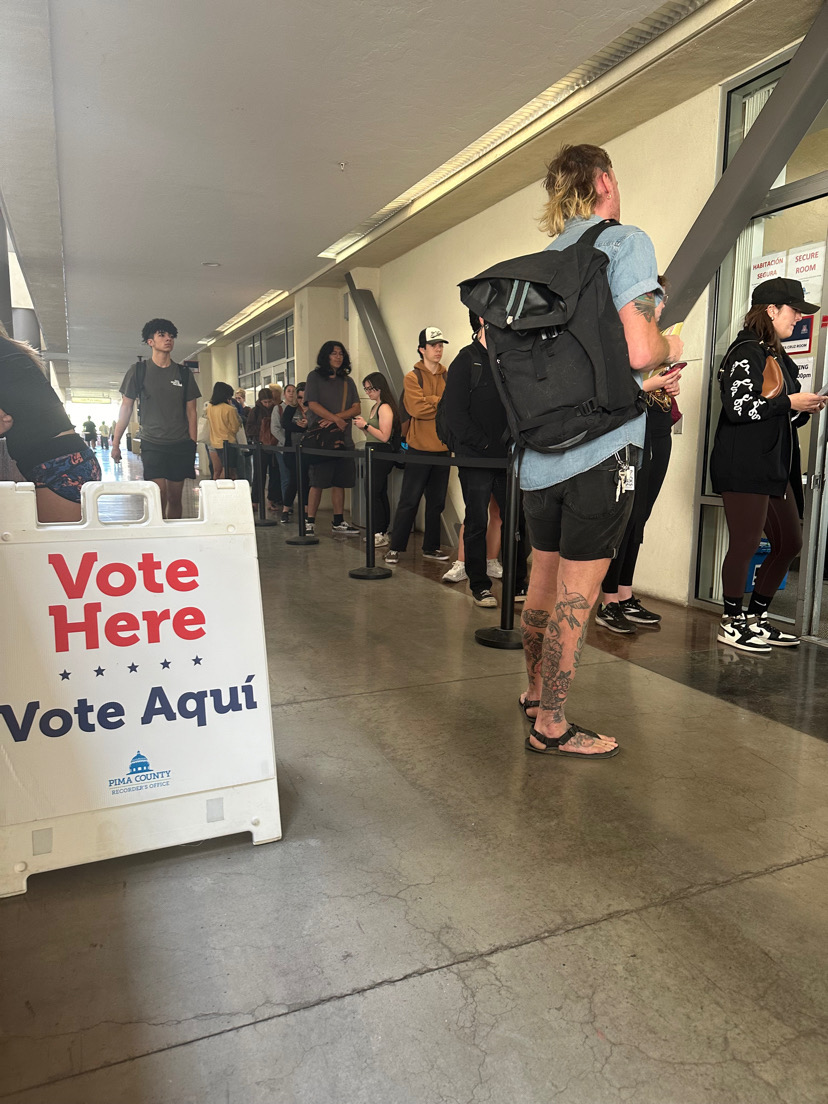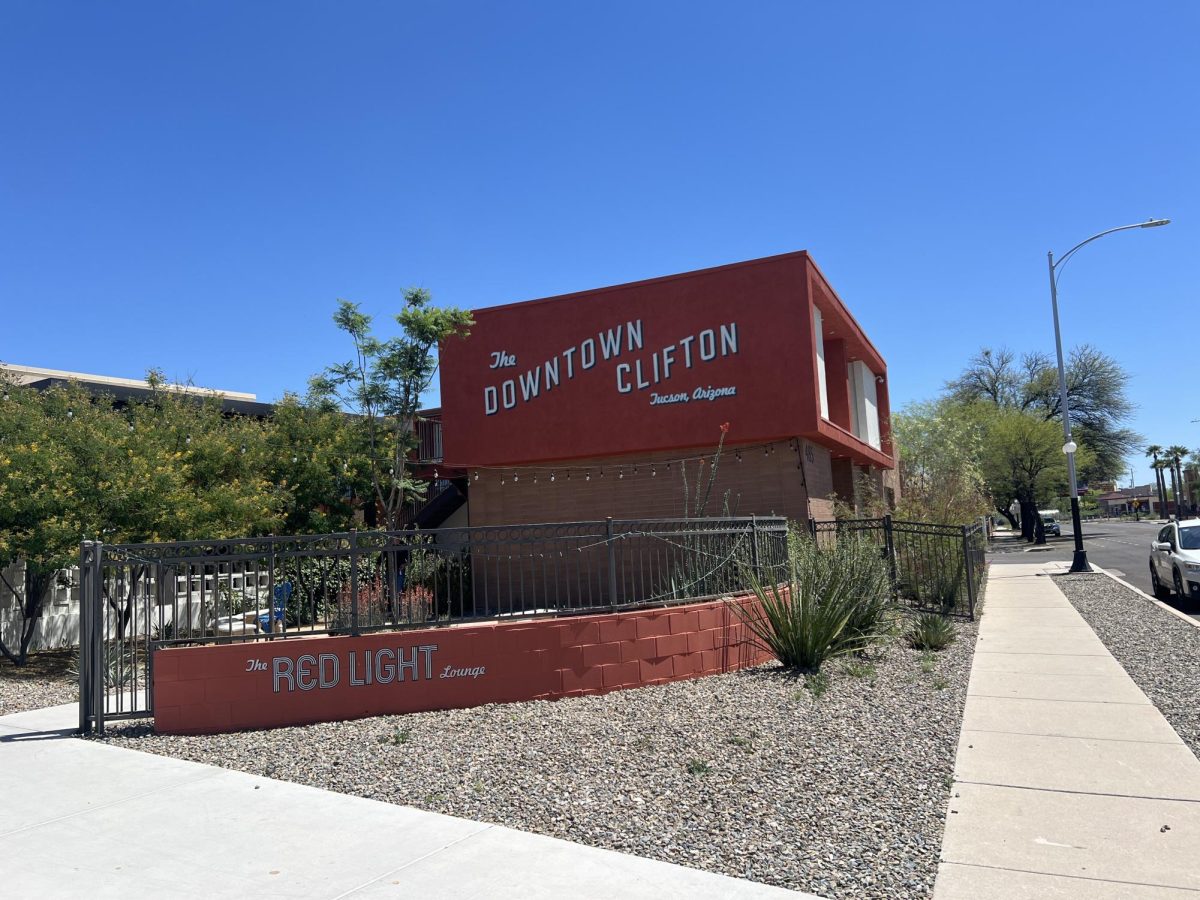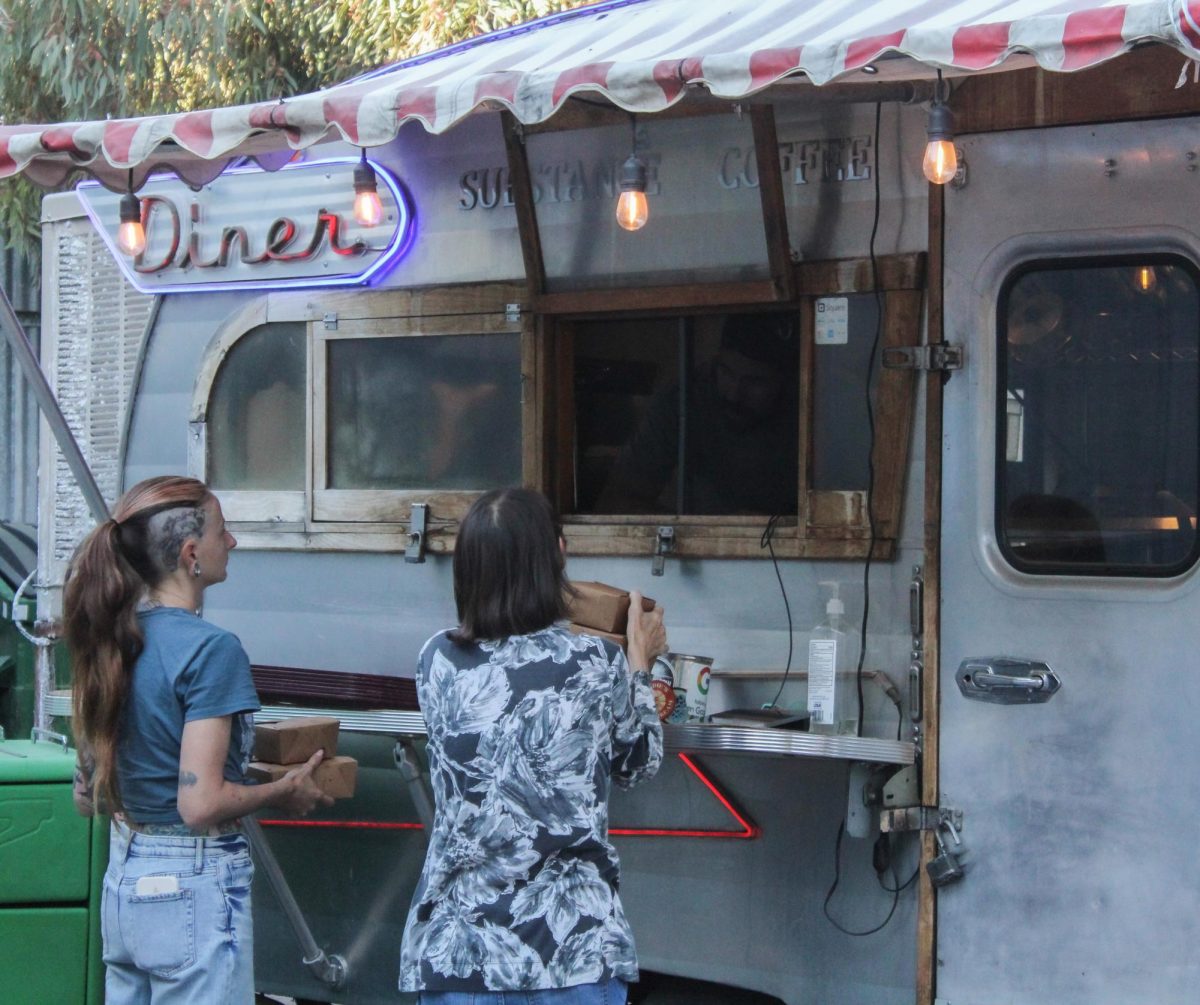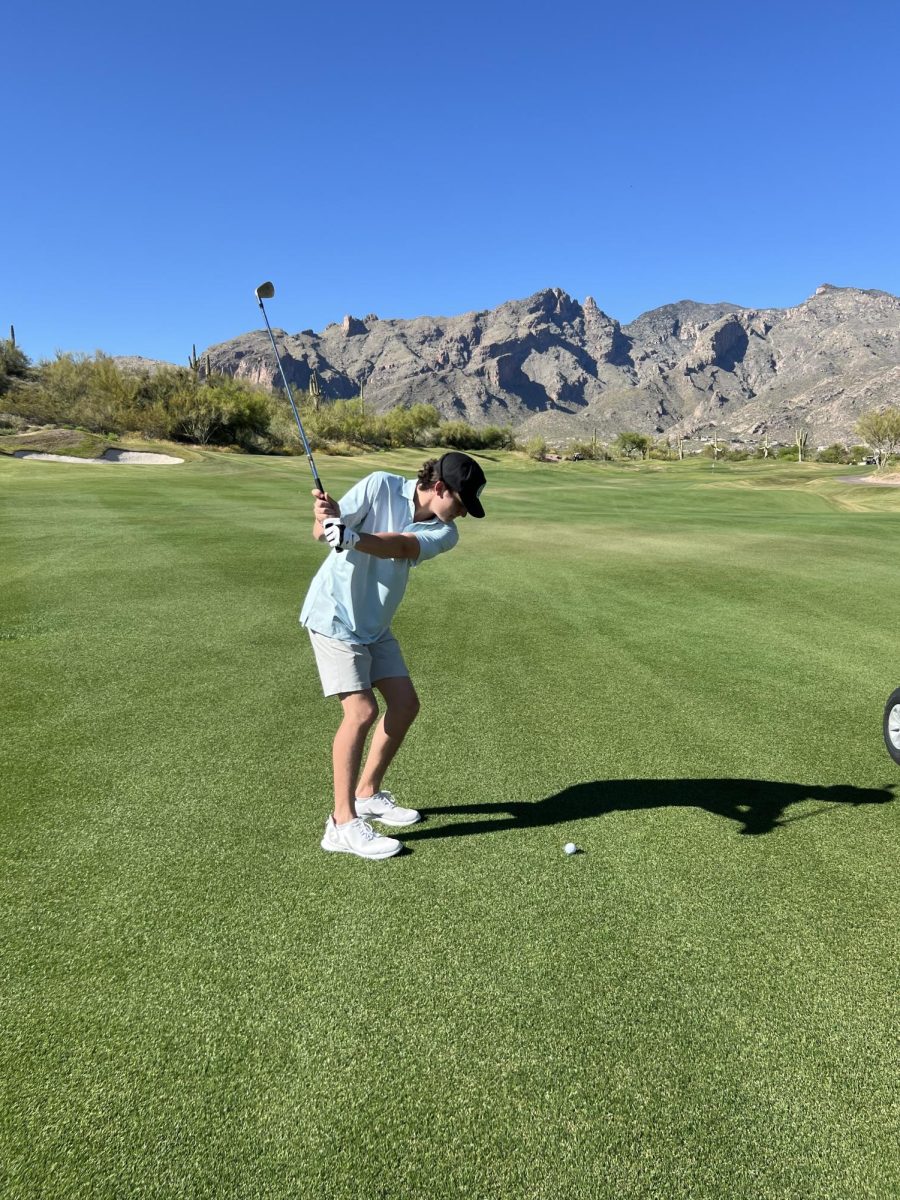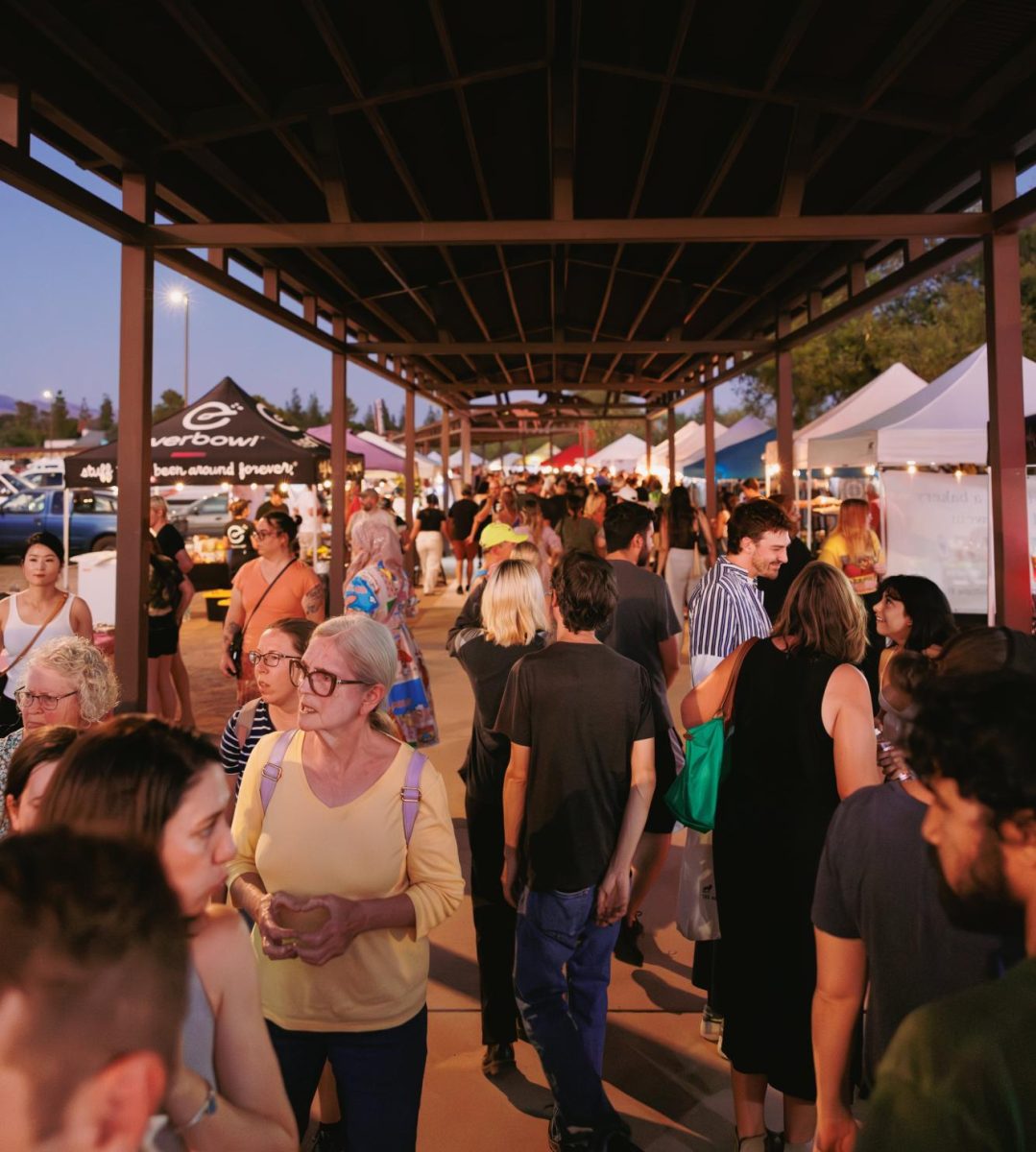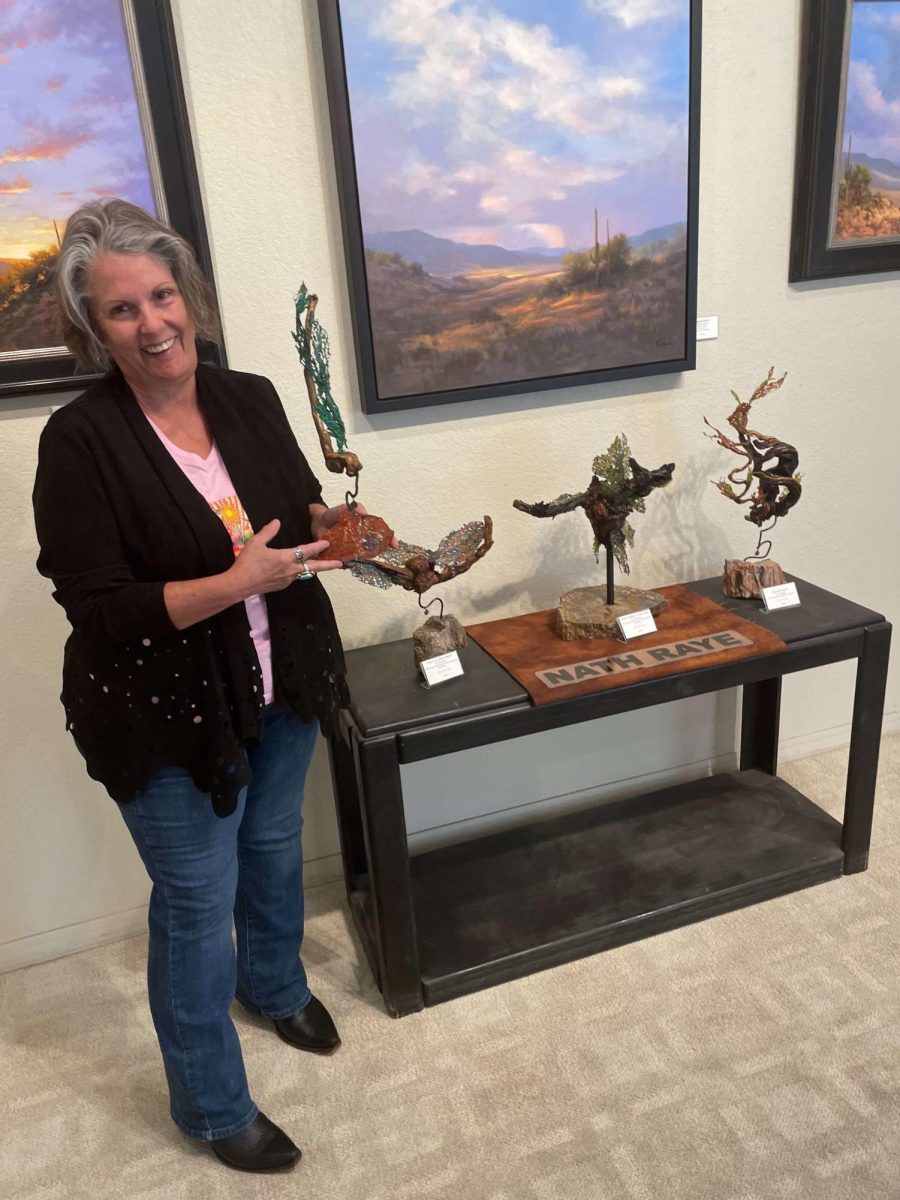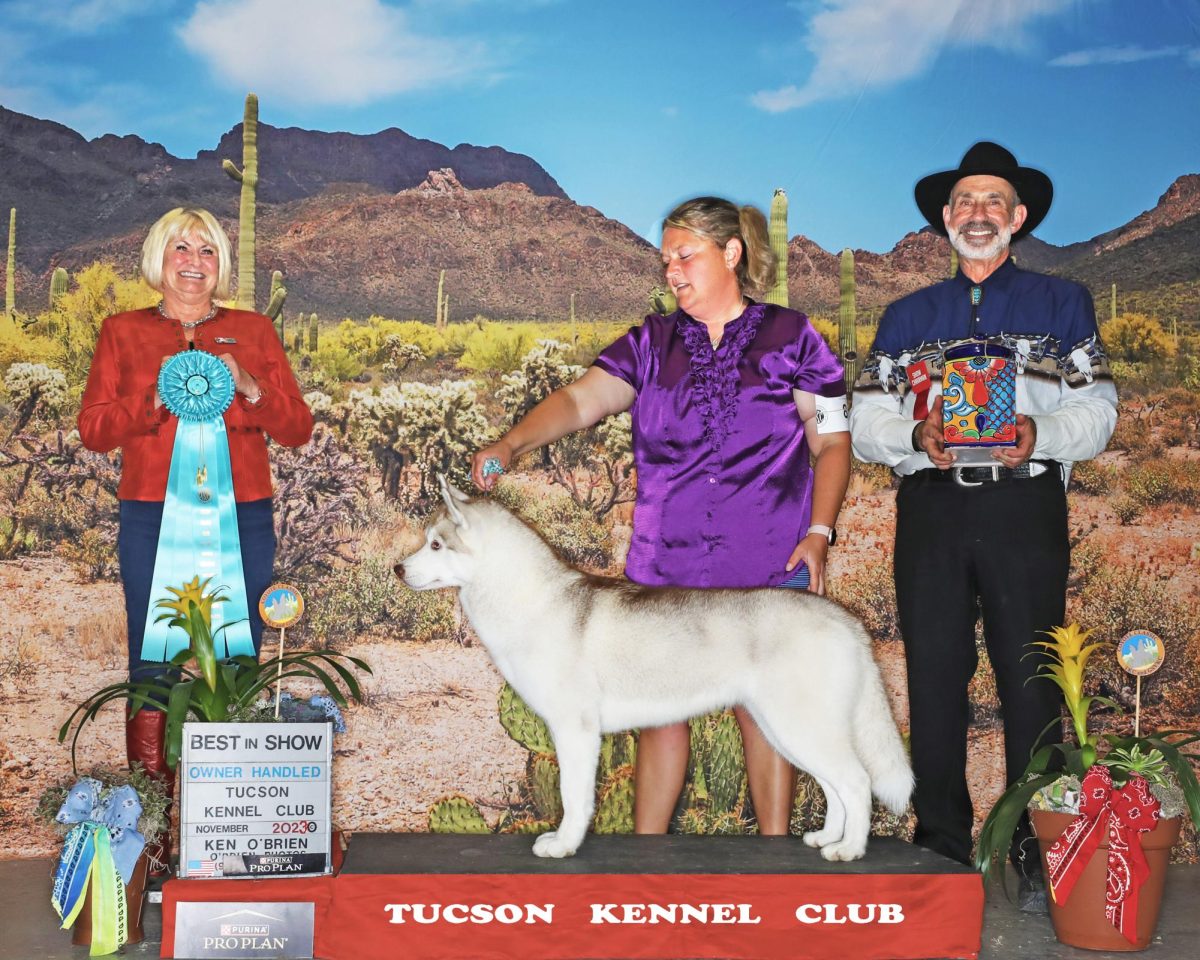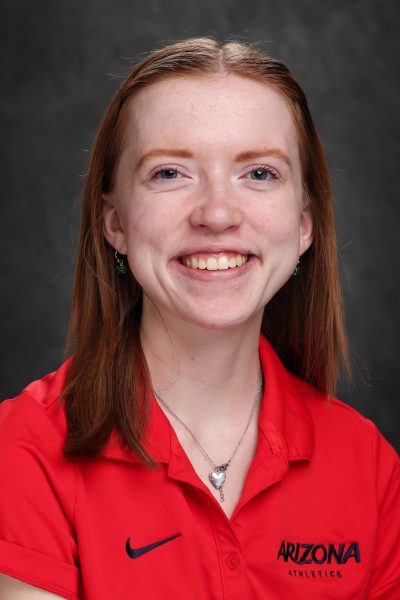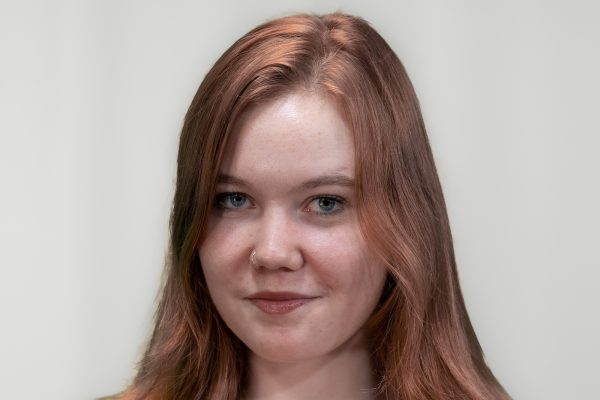Arizona Model United Nations last weekend hosted AZMUN 62, a decades-old conference that draws in high school students in Model UN groups across the country and from Mexico.
The conference, which used to rely on funding from the now-defunct University of Arizona Spring Fling carnival, proceeded despite financial challenges at the UA that threatened its existence.
AZMUN was expecting club funding from the Associated Students of the University of Arizona to help support the conference, but the student government’s funding closed Feb. 5. Typically, club funding closes in late March or early April.
“We’re 100% student run, so it’s really difficult. We used to rely on the Spring Fling a lot […] but now it’s 100% looking for sponsors and donations,” said Payton Peabody, the undersecretary general of travel coordination for AZMUN. “The ASUA funding really took a hit on us.”
Because of these cuts, AZMUN was forced to look for external funding “to avoid raising the cost for the high school students who attend,” said AZMUN Secretary General Jaiden Singh.
“Fortunately, we were able to receive two big sponsorships and many alumni contributions, which made it possible for us to continue with our program without increasing costs or changing our programming,” he said.
Model UN replicates the structure of the United Nations, exposing participants to diplomacy as students discuss and debate global issues.
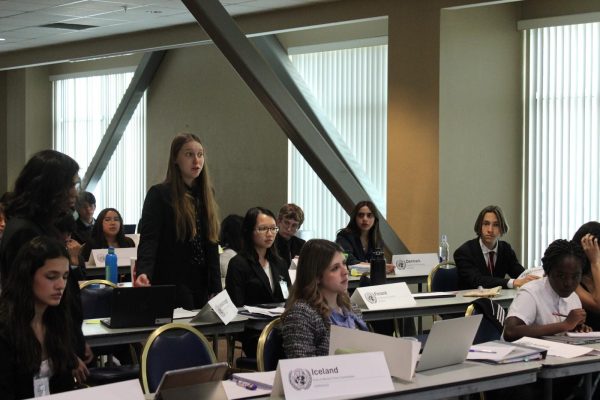
Delegates at the AZMUN 62 conference were given the opportunity to engage in a variety of discussions and networking opportunities throughout their time at the UA.
According to Felipe Garcia, a bilingual chair for the club, AZMUN had to make adjustments to its model and practices because of the funding closure. Felipe said the group was lucky enough to receive sponsorships from Visit Tucson and the Governor’s Office of Youth, Faith and Family.
Beyond securing funding, the student organization prepares for the conference all year. Peabody said that in the fall the group teaches its members the ins and outs of the organization and what it’s like to be in the high school delegates’ position. In the spring, the group focuses on leadership positions in the buildup to this annual conference.
Members of AZMUN also travel to Hermosillo, Sonora, during the year to train and collaborate with students from Mexico.
The sheer scope of the conference is a point of pride for the organizers.
“For over 20 years, we have also collaborated with FIEL Sociedad Civil and their sub-organization Comité Mexicano AzMUN (CMAzMUN) to bring hundreds of Mexican students across the border to attend this conference. This year, our Undersecretary-General of International Coordination Erika Howlett and Secretary General Jaiden Singh have worked hard with the FIEL SC to train and bring 300 students to our conference,” Garcia said.
The diversity of the conference requires a well-trained team of interpreters, who are coordinated by UA Professor Alejandra Torres. Torres said that the conference provides interpretation during the opening and closing ceremonies as well as the bilingual committee sessions.
“This year, we have a team of 15 interpreters who are all translation and interpretation majors. And I believe that with events like these, we’re improving the educational experience of our UA students,” Torres said. “So participating in AZMUN will allow our students to gain practical experience in a real life environment.”
The conference included 20 UN style committees, 11 of which are English-speaking, five bilingual and four Spanish-speaking. Apart from the typical UN General Assembly committees for delegates to participate in, like World Health Organization or the Border Governors Conference (Conferencia de Gobernadores Fronterizos), the conference also allows delegates to exercise creative and innovative thinking through a host of committees that change every year. One of these this year was the “End of the World Committee,” which dealt with subjects like COVID-19, artificial intelligence and food shortages, Peabody said.
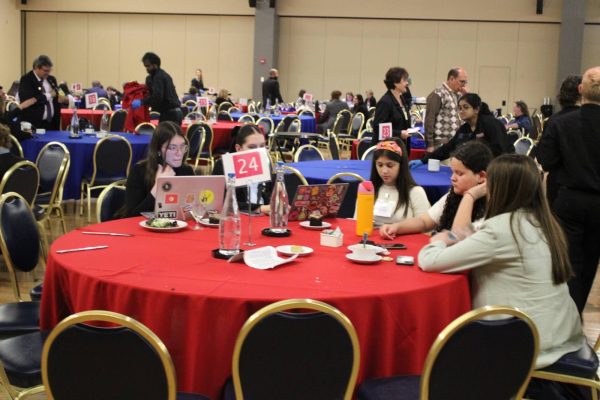
AZMUN 62 participated in a variety of different committees, ranging from the World Health Organization to an “End of the World” committee.
Some other issues tackled within the committee’s conferences were combating the illicit drug trade and tackling the opioid crisis (UN Office on Drugs and Crime), the conflict in Sudan and global mass migration (Security Council) and the safe production of atomic energy (Comisión Política Especial y de Descolonización/Special Political and Decolonization Commission).
AZMUN 62 also hosted a series of esteemed guest speakers. This list included UA James E. Rogers of College of Law professor Seánna Howard, who directs the International Human Rights Advocacy Workshop and Hassan Hijazi, the Assistant Vice President of Middle East and North African Affairs at the UA.
Despite obstacles the group faced, Garcia said the conference came together beautifully, which, he said, was reflected in the emotion felt at closing ceremonies.
The AZMUN conference was started in 1963, and despite changes on a global scale and at the University of Arizona, has remained committed to providing participants from a variety of different backgrounds with networking opportunities and the ability to practice diplomacy.
Arizona Sonoran News is a news service of the University of Arizona School of Journalism.




